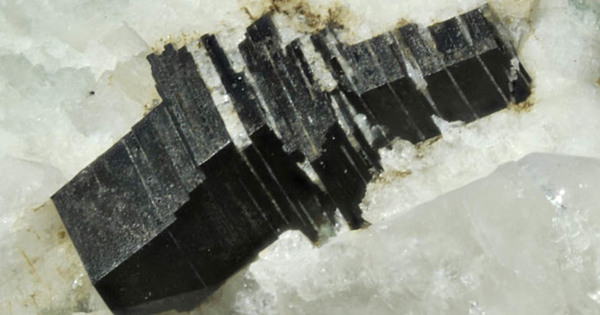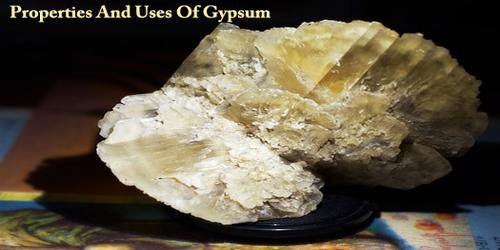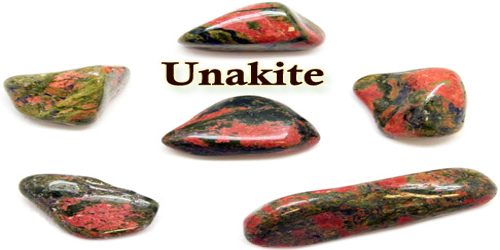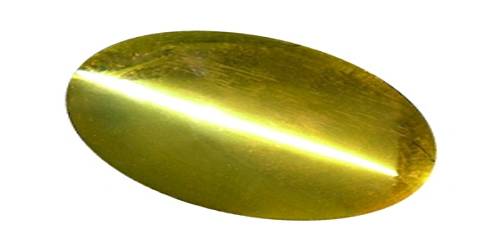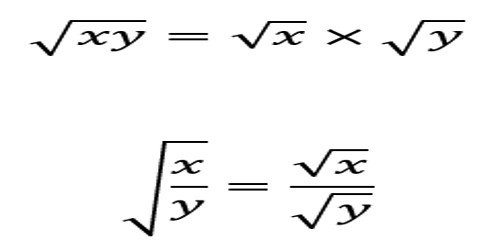Annite is a mica-type phyllosilicate mineral. It is a mica mineral, specifically one from the biotite series. The chemical formula is KFe32+AlSi3O10(OH)2. Annite is the iron-rich equivalent of magnesium-rich phlogopite, and it belongs to the biotite mica group. Annite is monoclinic, with tabular crystals and cleavage pieces that have pseudohexagonal shapes. Contact twins have the composition surface {001} and twin axis {310}.
Annite is commonly found in igneous and metamorphic rocks, especially granite and schist. It originates at high temperatures and can also be found in pegmatites and other geological settings where mica minerals are abundant. It was first described in 1868 for the first known occurrence in Cape Ann, Rockport, Essex County, Massachusetts. It also occurs on Pikes Peak in El Paso County, Colorado. It occurs in magnesium-deficient igneous and metamorphic rocks and is coupled with fluorite and zircon at the type locality.
Properties
The relief of a mineral refers to how it stands out in plane-polarized light. A mineral may be described as having low or high relief. Minerals having high relief, such as annite, have sharp grain boundaries and exhibit good fracture and cleavage properties. When seen under a microscope, this mineral may appear to stand out from the other minerals in the thin section. Relief is determined mostly by the mineral’s index of refraction.
- Color: Brown to black
- Cleavage: Perfect in one direction {001}
- Fracture: Uneven
- Tenacity: Flexible
- Mohs scale hardness: 2.5–3
- Luster: Submetallic to vitreous; pearly on cleavage surfaces
- Streak: Brownish white
- Diaphaneity: Translucent to transparent
- Specific gravity: Approximately 3.3
- Optical properties: Biaxial (−)
Uses
Annite is a mica with characteristics similar to muscovite and biotite. More importantly, geologists are interested in annite because it can be utilized in potassium-argon dating. Because annite includes a high concentration of potassium, it can be used to determine the absolute age of articles older than 1000 years. This method of dating also records the direction and intensity of the local magnetic field, which helps field geologists better understand their surroundings.
Uses
- Geological Indicator: Due to its presence in specific rock types, annite can be used as an indicator mineral in geological studies.
- Industrial Applications: Like other micas, annite can be used in various industrial applications where its insulating properties are valuable.
